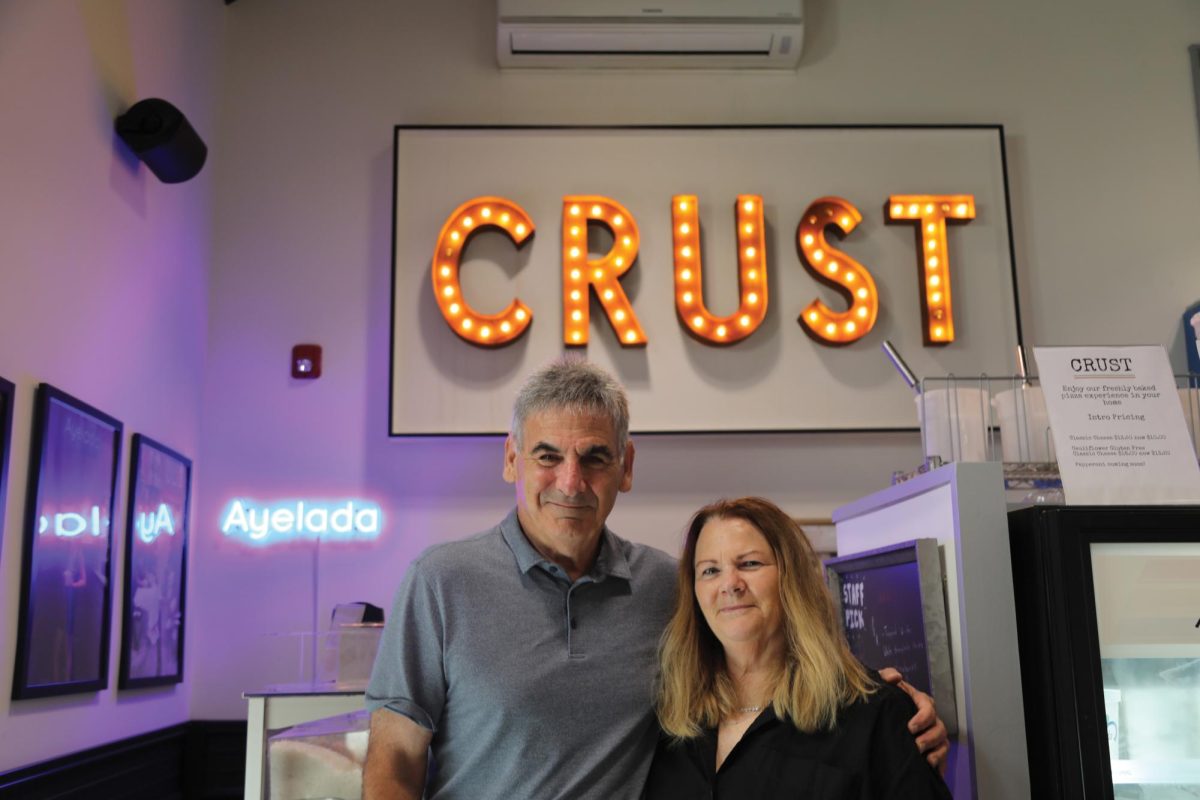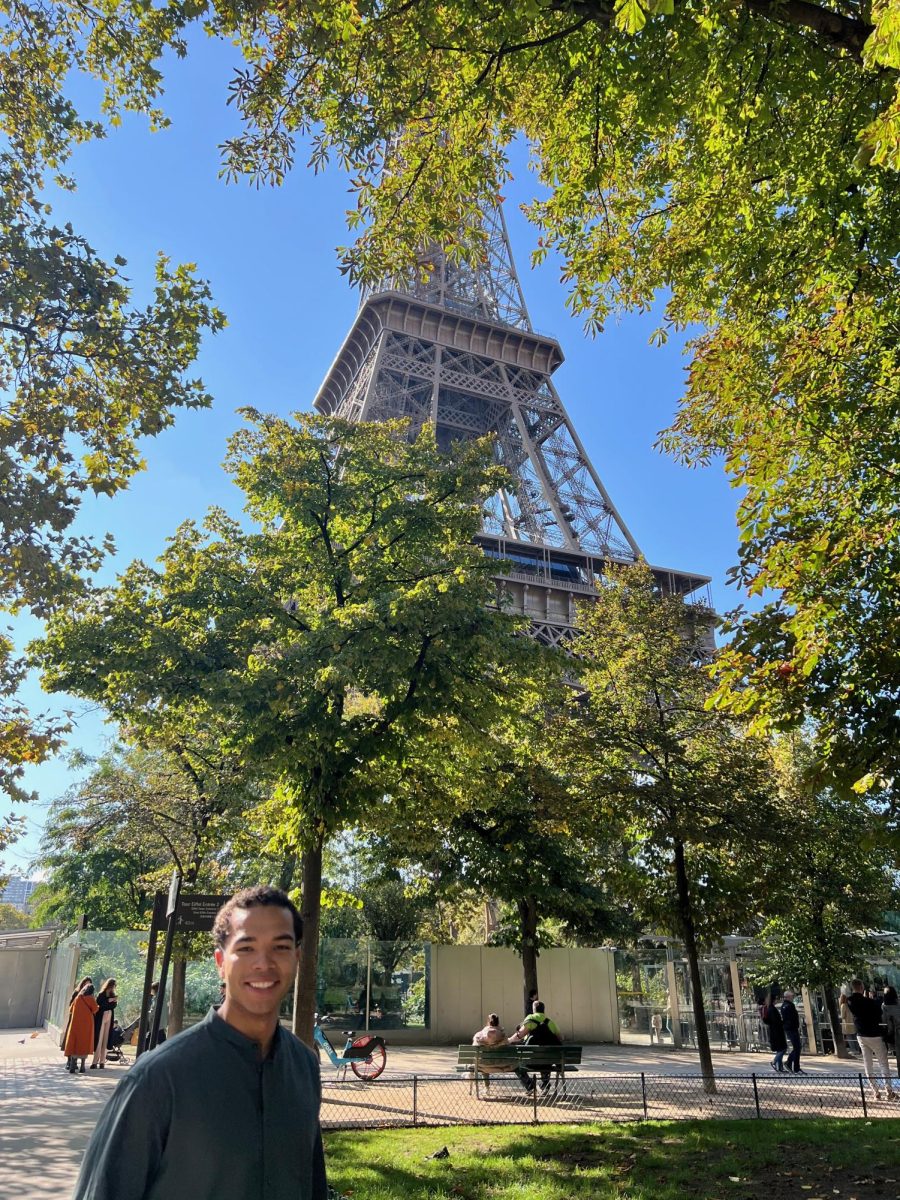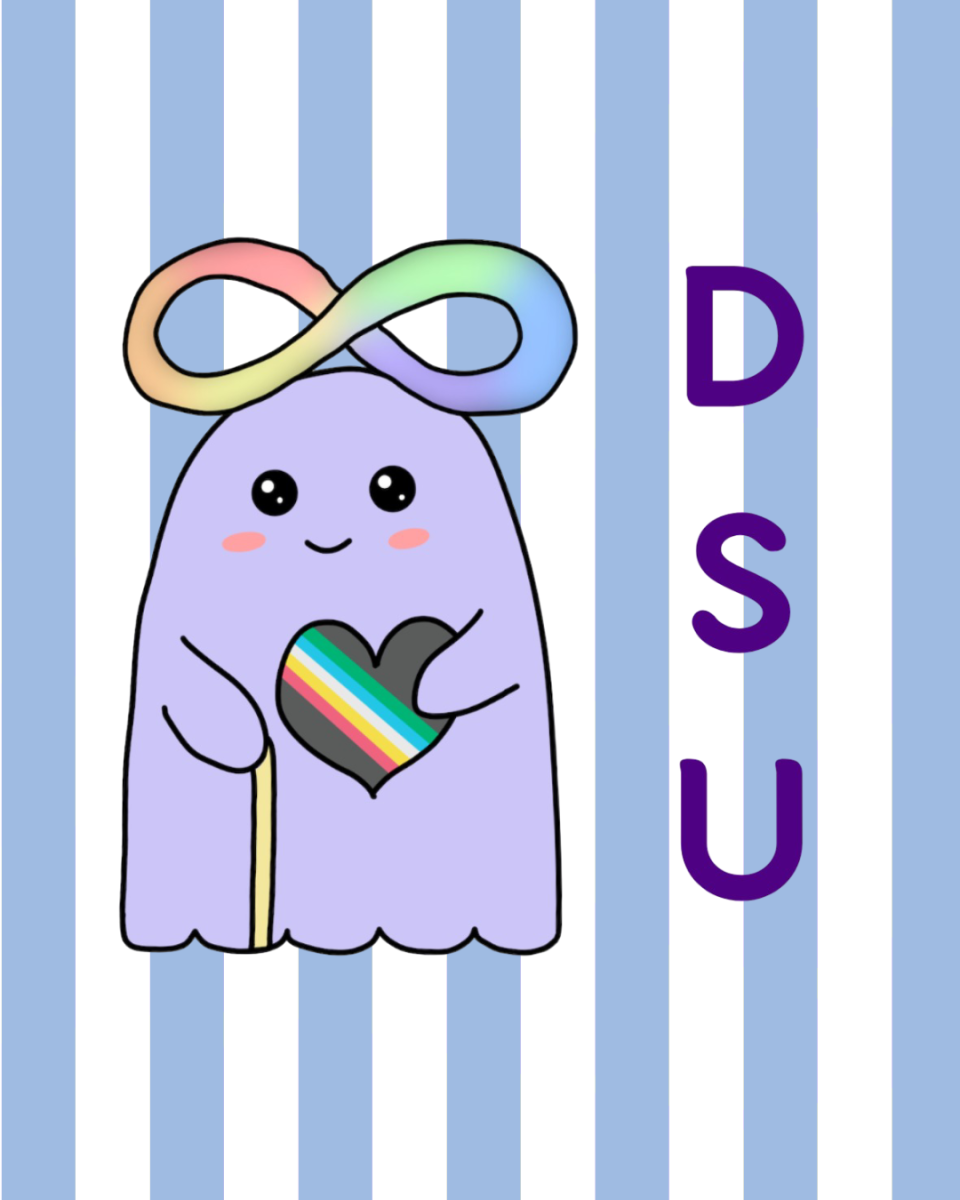During the lockdowns and stay-at-home orders of COVID-19’s first wave in the spring of 2020, a distinct trend spread among college students quarantined at home: building virtual campuses on Minecraft servers. Berkeley students built a replica of their campus — known as “Blockely University” — and held a virtual graduation for the Class of 2020 in its stadium. Brown University students even collaborated with a virtual modeling company to build their campus precisely to scale.
That spring, students at the College did not follow suit. The task of mapping, planning and executing such a large construction project is vast, whether virtual or otherwise. No group of students has stepped up to meet the challenge — until now.
“I thought it would be super cool to do the same thing for Williams,” Nick Gonzalez ’22 said. Gonzalez, along with four other co-administrators, has led in the creation of the new Williams Minecraft server, which opened Sept. 18. For now, the server consists solely of a survival world — a version of the game in which players are limited to resources they obtain through mining, farming or exploration — but a plan is in the works to begin constructing a virtual campus. Run by Gonzalez and other members of the recently rebranded PC Gaming Club, the server appears to have attracted some students’ interest.
“We’ve had probably 15 to 20 people who have been relatively active,” Gonzalez said.
Constructing the virtual campus will pose a formidable challenge. One issue is scale. How does one translate Driscoll, for example, into a world where the dominant unit of measurement is a one-cubic-meter block? How might the builders of a virtual campus determine the proper width of paths and streets?
“Other schools have said they’d used positional data from Google Earth in order to get a rough estimate of, like, where certain buildings should go in relation to others,” Gonzalez said. “So that’s kind of the plan that we’re working with right now.”
The other piece of the puzzle is getting an adequate number of students to help build the virtual campus.
“We’re looking for as much help as we can get,” Gonzalez said. “Anyone who is interested in helping build the virtual campus, we would love to have their help.” He added that the server’s administrators will publicize a sign-up form once their construction plan is finalized.
Despite the virtual campus being a work in progress, the server still hosts a multiplayer survival world. “I think the server — and any other game, really — serves as a nice, central place for friends to relax and have fun together without worrying about constraints such as social distancing or the inability to meet in person,” PC Gaming Club President Abraham Park ’22 said.
“Everyone is doing a really good job of being inclusive and respectful and nice to everyone else, so I was really happy to see that,” Gonzalez said.
Gonzalez also noted that in the survival server, players have already made considerable progress mining and crafting.
“Since the server was launched, everyone has taken to building their base,” Gonzalez said. “Some players have started making farms. There’s a lot of automation you can do in Minecraft. So I know some players have delved into making automated farms to get lots of resources.”
Though the server was made by and for College students, there has been one noteworthy exception to this rule. “We actually had one member of OIT [the Office for Information Technology] join the server, and I got to chat with him,” Gonzalez said.
The employee in question, Networks and Systems Administrator Matthew Baya, spoke favorably of his time on the server.
“I wasn’t sure at first if it was okay for a non-student to join but everyone was very welcoming,” Baya said. “I built my own house and mine near the spawn point and put all the resources I found in chests saying, ‘Take what you want, leave what you don’t.’ I also explored a bit and found a huge settlement where clearly others had been building much nicer houses than I had built, which was rather humbling.”
For the past seven years, Baya has taught a course on Minecraft as part of the “Adventures in Learning” program at Williamstown Elementary School, sponsored by the College’s Center for Learning in Action.
“Up until this Williams server was created, I didn’t know there was any interest in Minecraft with Williams students — but then it occured to me that an 11-year old at Adventures in Learning 2013 would be in college now,” Baya said.
On top of camaraderie and community, the survival server features some beautiful, randomly generated terrain. And when it comes time for the virtual campus to be constructed, at least one feature will surely be effortless to build: the marble blocks.
The server’s IP address is play.williamsmc.xyz. As of press time, it is on Java edition 1.16.3.








